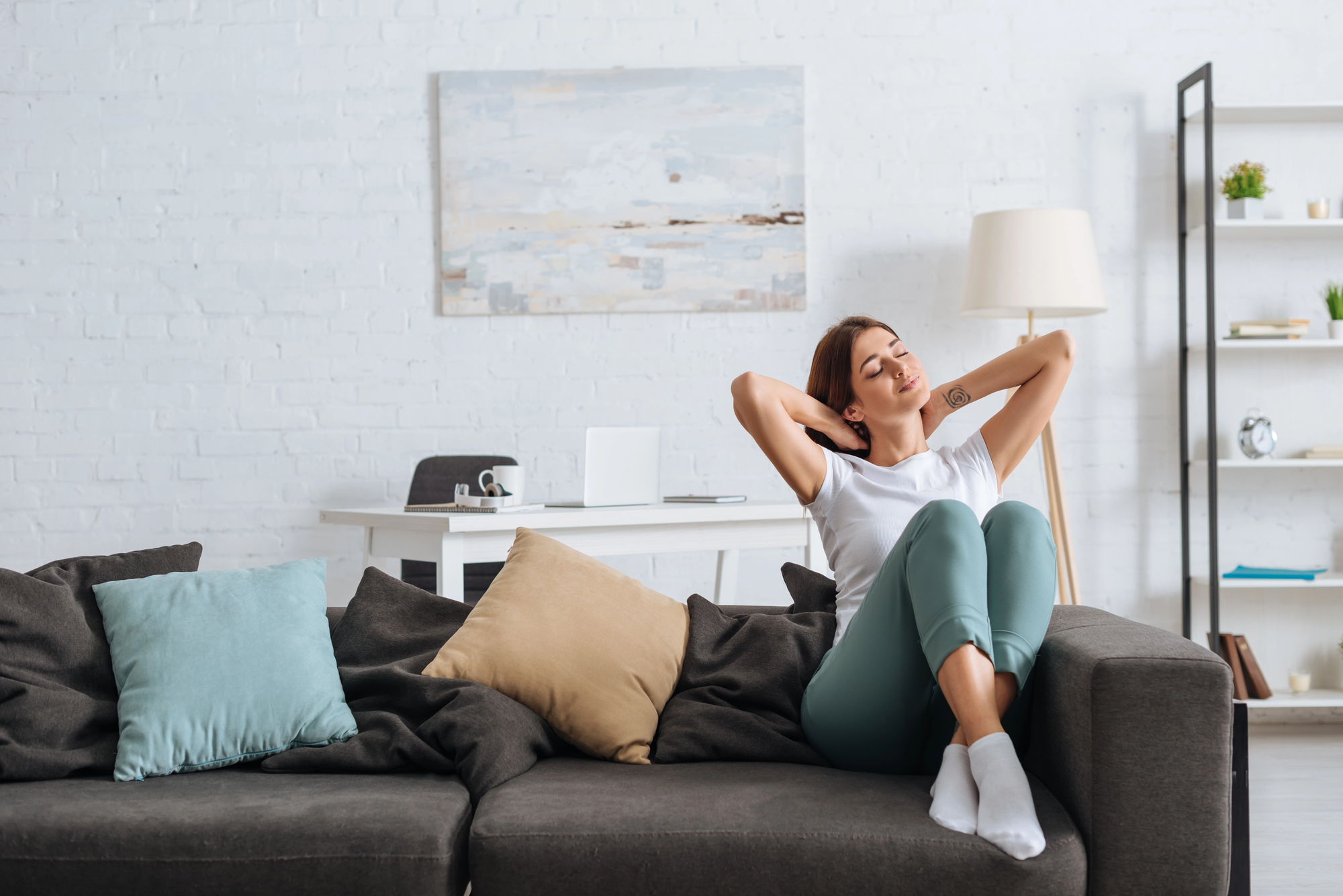Start Where You Are
A Beginner’s Guide to Mindfulness Meditation
If you’ve been curious about meditation but never quite knew where to start, you’re not alone. The idea of sitting still and “clearing your mind” sounds impossible to most people—which is exactly why mindfulness is such a helpful alternative. It’s not about tuning everything out. It’s about tuning in, gently, to what’s already here.
What Mindfulness Really Is
Mindfulness meditation isn’t about silencing your thoughts or getting it “right.” It’s just the practice of noticing what’s happening, right now… and gently bringing your attention back when your mind drifts. That’s it. No special cushions required. No need to empty your brain or aim for some mystical sense of calm. You can start right where you are, as you are.
Most people assume meditation means shutting off your thoughts entirely. But minds think—that’s what they do. The goal isn’t to stop them, it’s to notice when they take over and come back to your breath, your body, or the present moment. If you do that a dozen times in five minutes, congratulations… You’ve just meditated!
How To Start
Start small. Like, really small. Five minutes is plenty. Sit comfortably—in a chair, on your couch, cross-legged if you want, or not. Close your eyes or soften your gaze. Then breathe. Pay attention to the feeling of the breath as it moves through your nose, chest, or belly. Pick one area and gently stay with it.
Your mind will wander. It might start spinning about emails, dinner, your grocery list, or nothing in particular. That’s normal. When you notice it, just return to your breath. No need to scold yourself. That gentle return is the practice.
It can help to set a timer so you’re not checking the clock every 30 seconds. When the time’s up, take a deep breath and give yourself credit. You just carved out five minutes to reset.
What to Expect
Some sessions will feel peaceful. Others will be full of distractions and twitchy legs. Both are valid. Meditation isn’t about having a perfect experience, it’s about learning how to stay with yourself, even when things feel a little messy. And the more you do it, the easier that gets.
One trick: anchor yourself with physical sensations. Notice your feet on the floor, your hands in your lap, the movement of your breath. The body can be a great grounding tool when the mind’s doing gymnastics.
Over time, you might notice a little more space between your thoughts. You may catch yourself reacting less to stress, or falling asleep more easily at night. A short daily meditation practice can help calm the nervous system—just like massage helps release physical tension, meditation helps soften mental tension. It won’t solve everything, but it will help.
Stick With It (Even If It’s Just a Little Bit)
Mindfulness isn’t about intensity, it’s about consistency. Think of it like brushing your teeth or stretching after a workout. A few minutes most days is better than an hour once in a while. And if you skip a day? Or a week? No guilt. Just start again.
If you want to explore more or find a few guided meditations, this beginner’s guide to mindfulness from Mindful.org is a great place to start.
The most important thing is showing up for yourself. You don’t need to feel a certain way. You don’t need to have a “successful” meditation. You just need to sit down, breathe, and notice. That’s more than enough.
A Natural Companion to Bodywork
Self-care isn’t about doing things perfectly… it’s about creating moments to reconnect. A little mindfulness goes a long way, especially when paired with bodywork. Together, they help calm the nervous system, ease tension, and make you feel more at home in your body. Whether you’re starting a meditation habit or just looking for small, mindful living tips to bring into your day, we’re here when you need support along the way.
Other articles you might also be interested in: Self-Esteem Through Self-Care
Tag: Start Where You Are

